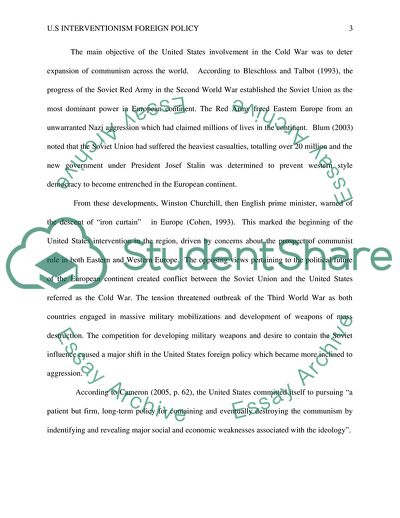Cite this document
(US Post Cold War Interventionism Foreign Policy Coursework, n.d.)
US Post Cold War Interventionism Foreign Policy Coursework. https://studentshare.org/politics/1767077-us-post-cold-war-interventionism-foreign-policy
US Post Cold War Interventionism Foreign Policy Coursework. https://studentshare.org/politics/1767077-us-post-cold-war-interventionism-foreign-policy
(US Post Cold War Interventionism Foreign Policy Coursework)
US Post Cold War Interventionism Foreign Policy Coursework. https://studentshare.org/politics/1767077-us-post-cold-war-interventionism-foreign-policy.
US Post Cold War Interventionism Foreign Policy Coursework. https://studentshare.org/politics/1767077-us-post-cold-war-interventionism-foreign-policy.
“US Post Cold War Interventionism Foreign Policy Coursework”. https://studentshare.org/politics/1767077-us-post-cold-war-interventionism-foreign-policy.


